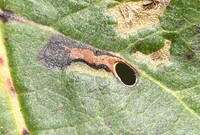 | Recorded by: Dean Furbish on 2024-10-30
Pender Co.
Comment: | 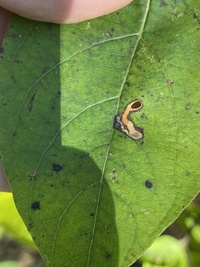 | Recorded by: David George on 2024-10-21
Durham Co.
Comment: |
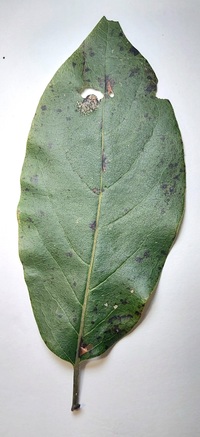 | Recorded by: Mark Basinger on 2024-10-17
Montgomery Co.
Comment: | 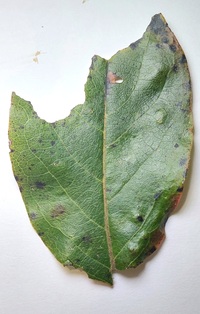 | Recorded by: Mark Basinger on 2024-10-16
Rowan Co.
Comment: |
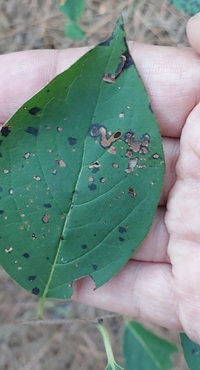 | Recorded by: Mark Basinger on 2024-09-08
Wilson Co.
Comment: | 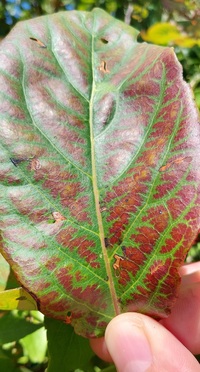 | Recorded by: Mark Basinger on 2024-09-01
Brunswick Co.
Comment: |
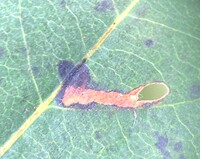 | Recorded by: Dean Furbish, Lior S. Carlson on 2024-08-12
Pamlico Co.
Comment: | 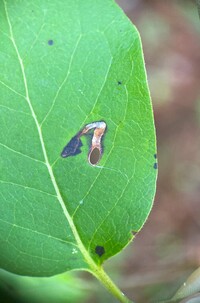 | Recorded by: Dean Furbish on 2024-07-20
Wake Co.
Comment: |
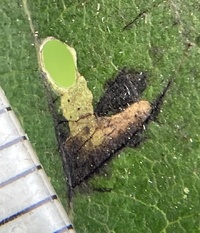 | Recorded by: Ken Kneidel on 2024-07-15
Mecklenburg Co.
Comment: | 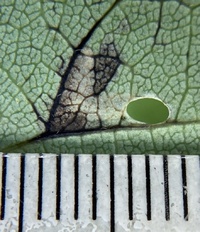 | Recorded by: Ken Kneidel on 2024-07-15
Mecklenburg Co.
Comment: |
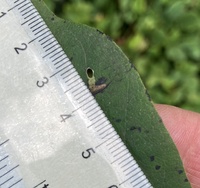 | Recorded by: Ken Kneidel on 2024-07-15
Mecklenburg Co.
Comment: | 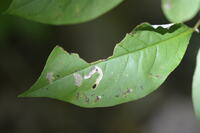 | Recorded by: Tracy Feldman on 2024-06-21
Chatham Co.
Comment: |
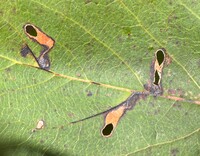 | Recorded by: Dean Furbish on 2023-10-26
Pender Co.
Comment: | 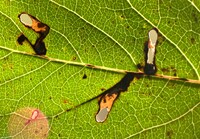 | Recorded by: Dean Furbish on 2023-10-26
Pender Co.
Comment: |
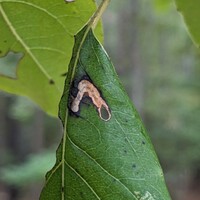 | Recorded by: Jeff Niznik on 2023-09-30
Harnett Co.
Comment: | 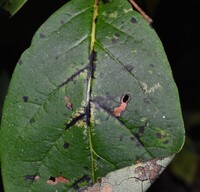 | Recorded by: David George, Jeff Niznik on 2023-09-01
Chatham Co.
Comment: |
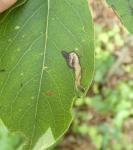 | Recorded by: F. Williams, S. Williams on 2023-07-15
Gates Co.
Comment: | 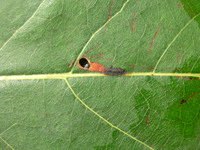 | Recorded by: R. Newman on 2023-07-07
Carteret Co.
Comment: |
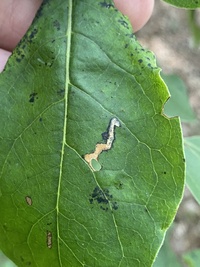 | Recorded by: David George, Stephen Dunn, Becky Watkins on 2023-07-04
Orange Co.
Comment: | 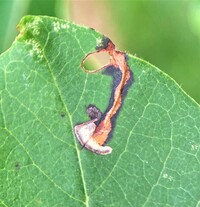 | Recorded by: Dean Furbish on 2023-07-02
Wake Co.
Comment: |
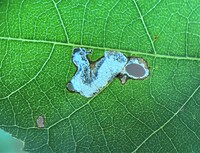 | Recorded by: Dean Furbish on 2023-07-02
Wake Co.
Comment: | 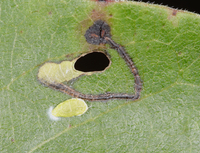 | Recorded by: Jim Petranka and Bo Sullivan on 2023-05-17
Moore Co.
Comment: |
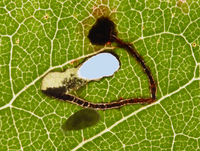 | Recorded by: Jim Petranka and Bo Sullivan on 2023-05-17
Moore Co.
Comment: | 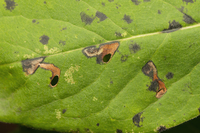 | Recorded by: Mark Shields on 2022-09-13
Onslow Co.
Comment: |
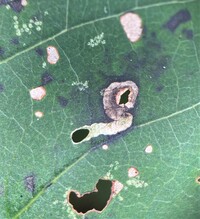 | Recorded by: Dean Furbish on 2022-09-12
Wake Co.
Comment: | 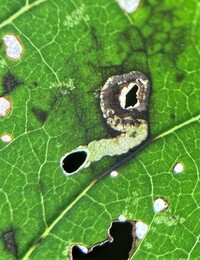 | Recorded by: Dean Furbish on 2022-09-12
Wake Co.
Comment: |
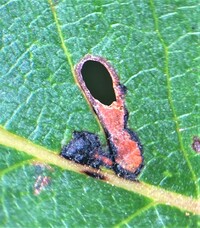 | Recorded by: Dean Furbish on 2022-07-15
Wake Co.
Comment: | 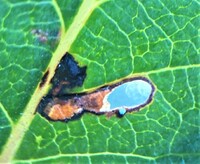 | Recorded by: Dean Furbish on 2022-07-15
Wake Co.
Comment: |
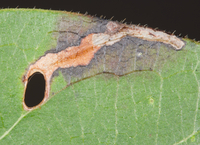 | Recorded by: Jim Petranka on 2021-08-09
Richmond Co.
Comment: | 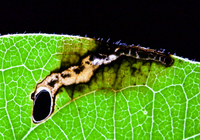 | Recorded by: Jim Petranka on 2021-08-09
Richmond Co.
Comment: |
|

 »
»



 »
»

